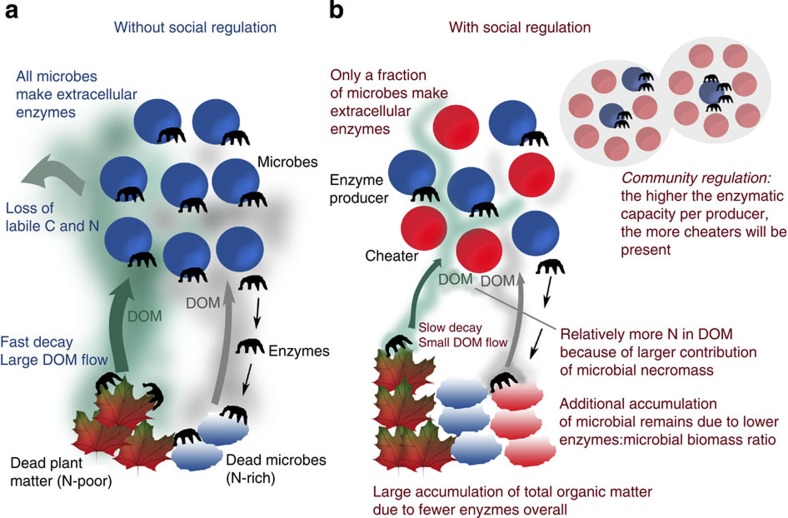Figure 4. Effects of social regulation on microbial organic matter decomposition.
(a) Without social regulation (all microbes produce enzymes), turnover rates are high due to a direct positive feedback of enzyme production on microbial growth. The accumulation of microbial remains is limited by a relatively high ratio of enzymes to microbial biomass. The consequently large DOM pool features losses of labile C and N. (b) When cheaters are present, only a (self-regulated) fraction of microbes produces enzymes, resulting not only in a lower total amount of enzymes, but also in a lower amount of enzymes per microbial biomass, leading to a lower amount of enzymes per dead microbial biomass (microbial remains). While the lower total amount of enzymes slows down decay rates, resulting in a smaller DOM pool and less loss over time of C and N by leaching, the lower ratio of enzymes to microbial remains increases the pool of N-rich microbial remains in relation to N-poor plant material, which in turn lowers DOM C:N ratio and alleviates microbial N limitation.

